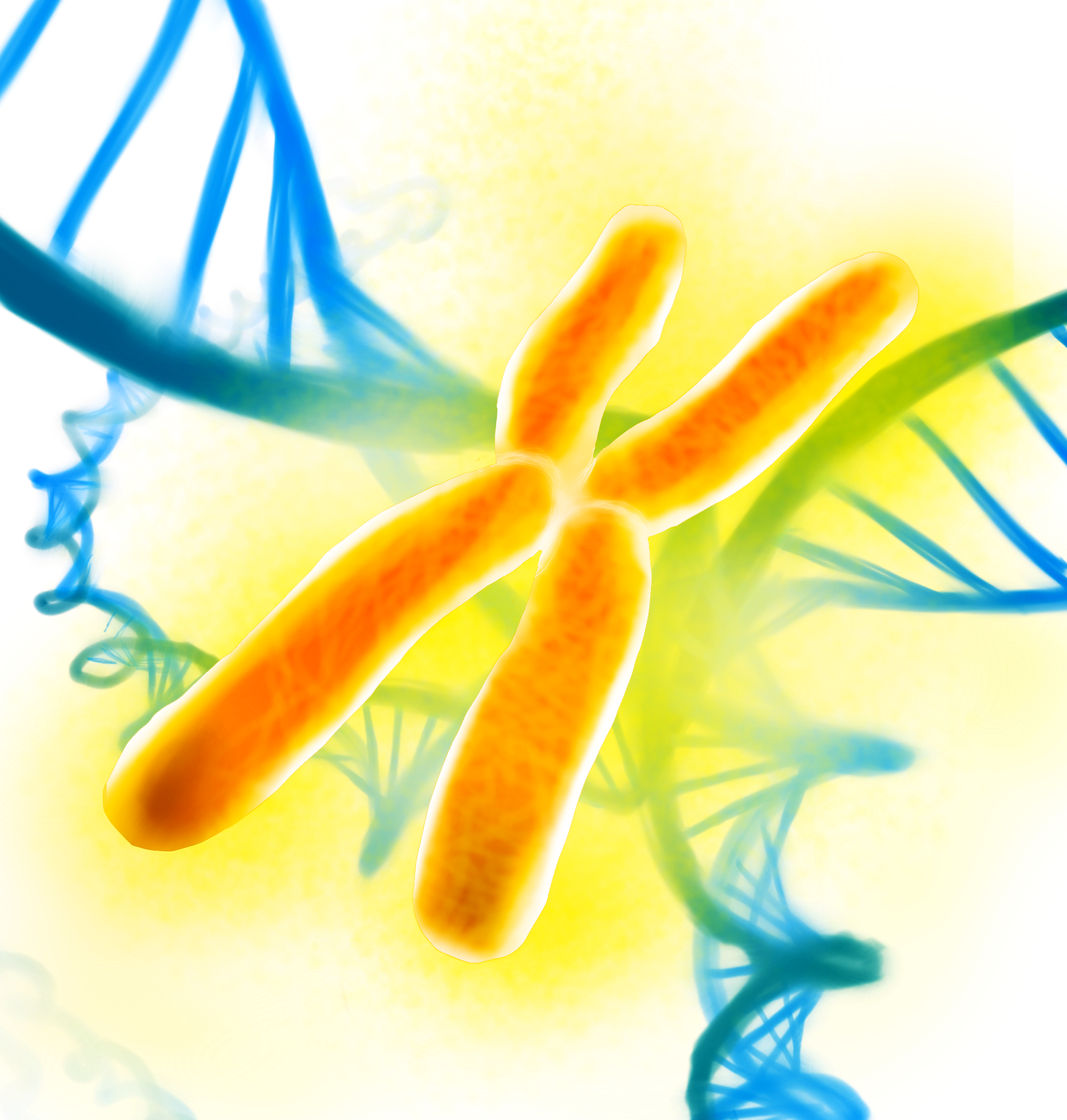
Yale researchers have identified a link between a gene associated with melanoma and the disease’s growth that may signal an avenue for new treatments.
The researchers found that DNMT3B — a DNA methyltransferase, which is an enzyme essential to mammalian development and associated with several types of tumors — plays a regulatory role in the growth and spread of melanoma. The overexpression of DNA methyltransferases — which can contribute to tumor formation and growth by controlling whether genes are “on” or “off” and end up being expressed — is common in melanoma and other cancers, but little is understood about the role of individual enzymes like DNMT3B. The researchers published their findings early online in the journal Cell Reports on Feb. 25.
“If [DNMT3B is] not present in melanoma, the melanomas really don’t grow very much or at all,” said School of Medicine professor and senior author Marcus Bosenberg. “That’s interesting for a couple of reasons. It’s interesting because it tells us about how melanoma works a little bit more than we knew … [and because it] also identifies this gene as a potential target for drug development.”
The researchers evaluated the effects of DNMT3B on melanoma growth by inducing changes in the gene in mice. They found that all mice with induced overexpression of the gene developed melanoma quickly. The researchers also found that lowering the DNMT3B levels of mice with induced melanoma caused a “striking delay” in melanoma formation and significantly lengthened survival. The researchers connected the effects of DNMT3B to a resulting inactivation of mTORC2, a protein complex that regulates cellular metabolism.
The researchers also analyzed the genetic profiles of a cohort of human melanoma patients and found that high expression of DNMT3B was associated with significantly shorter survival. Bosenberg said it is “quite likely” that a drug that would inhibit DNMT3B expression in humans could be made. He has been working with several other researchers at Yale outside of the study to develop early candidates for such a treatment, which he said would likely be targeted toward patients with melanoma diagnoses.
“This probably wouldn’t fall into the category of things that you’d call preventative medicine,” Bosenberg said. “Some melanomas are probably induced by exposure to sunlight — or UV light — and this inhibitor could potentially work to prevent melanomas, but it would probably be too expensive and too big a risk to just give a drug for that possibility.”
Viswanathan Muthusamy, a research scientist at the medical school and study co-author, said researchers were surprised to see that DNMT3B had such an effect on melanoma growth. They initially expected another gene, DNMT1 — which Muthusamy said has been considered to be “the major DNMT transferase” — to be responsible for controlling the disease’s growth.
According to Ze’ev Ronai — the scientific director of the Sanford Burnham Prebys Medical Discovery Institute who has conducted similar research, at times in collaboration with Bosenberg — the study should lead to additional research in the field.
“More needs to be done in the field in general,” Ronai said. “Now that Dr. Bosenberg has made this observation, it paves the way toward inviting additional studies that will explore this particular member of the [methyltransferase] family with respect to melanoma.”
Malignant melanoma is the deadliest form of skin cancer, with 76,380 new cases and 10,130 deaths expected in the U.S. in 2016.







